How Video Games Helped Twitch Influencer Stef Sanjati Come Out as Transgender
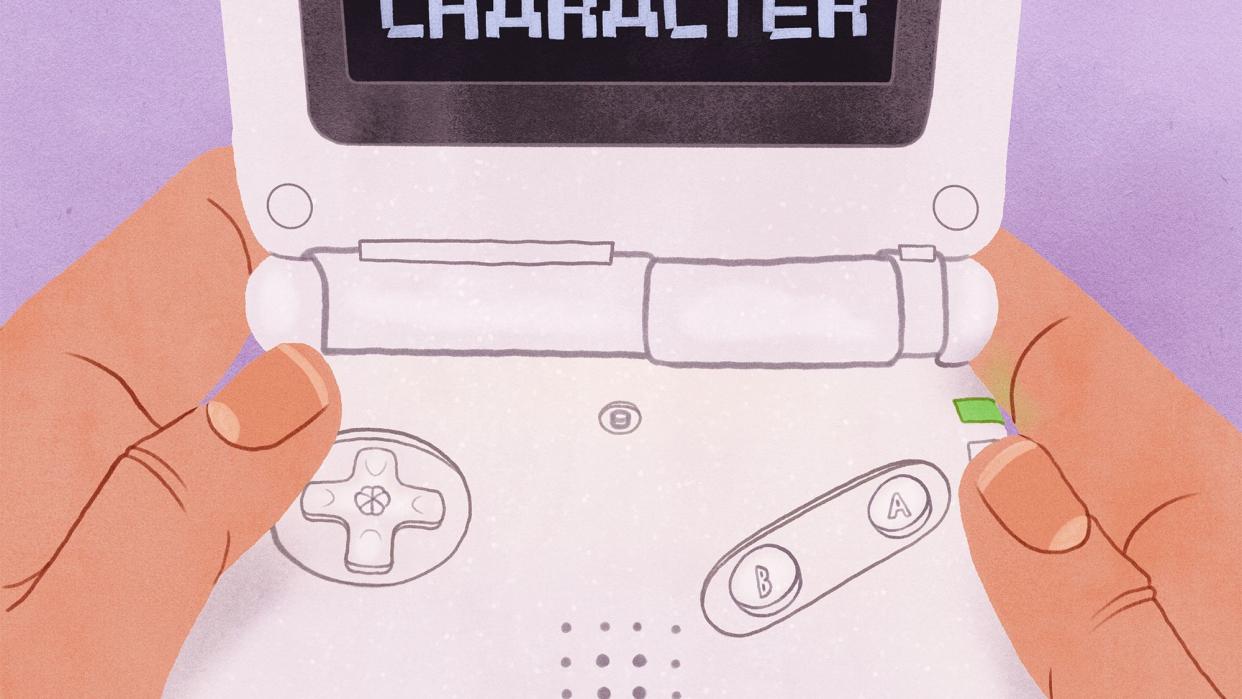
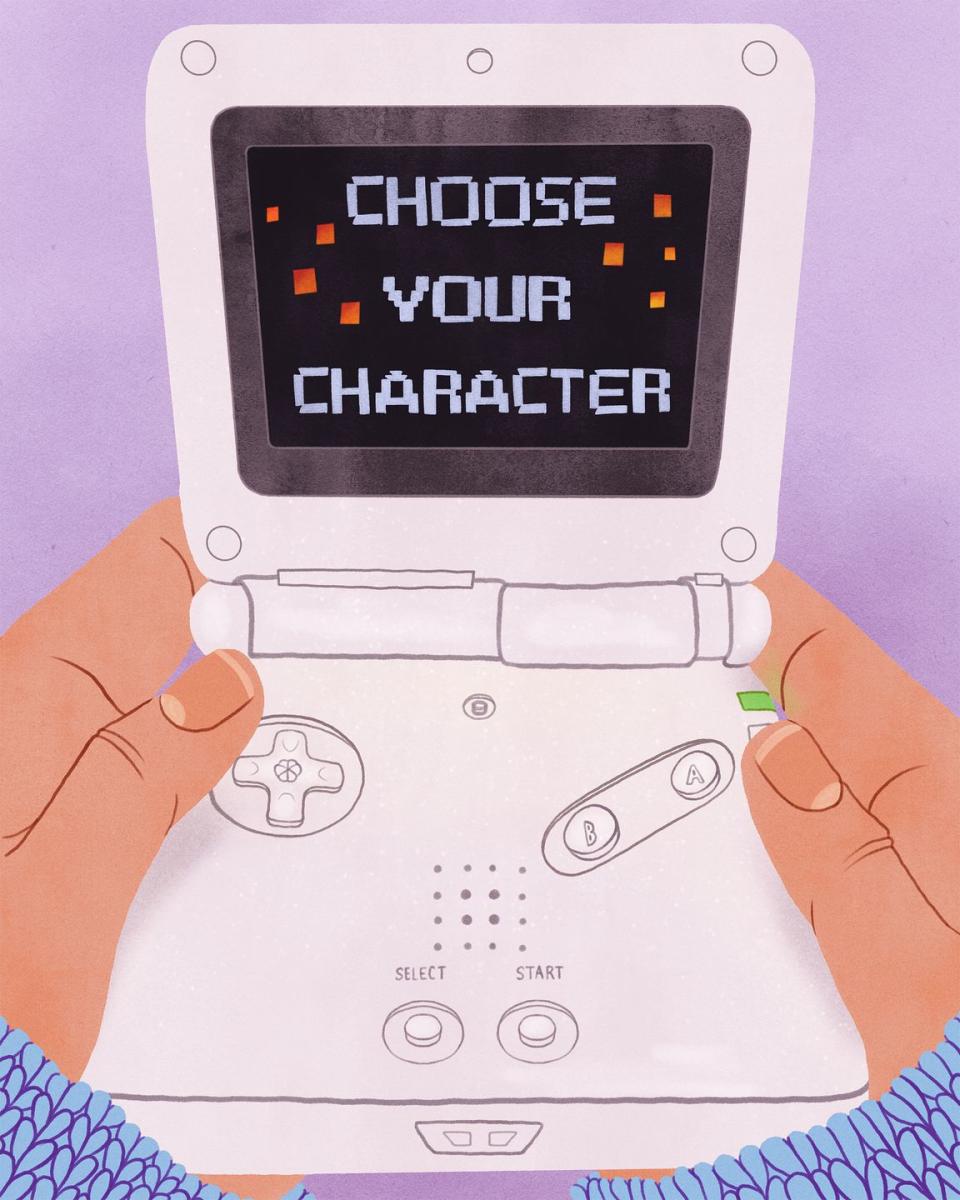
Sometimes set in galaxies far away or millions of years in the future, video games have become an important form of gender-affirming care for some transgender people. With a vast array of tools to modify a character’s appearance or customize an avatar, you can explore, well, whatever you want to explore—and you can do it without scrutiny from the real world. As transgender gamer Stephanie Peloza, who goes by Stef Sanjati, puts it: “Video games are a safe space for us.” Below, Sanjati, in her own words, explains how video games helped her come to terms with her identity. Warning: This story contains depictions of bullying and harassment of the LGBTQ+ community.
In an early 2000s Nintendo Game Boy game called Pokémon Silver, a prompt pops up on the screen, asking, “Are you a boy or a girl?” Over the years, that question has, for me as a trans person, become quite violent. But when I played back then, it seemed innocent enough. Other children more secure in their gender identity probably didn’t give it much thought. They probably easily picked boy or girl. As a kid questioning their queerness, I remember thinking: well, how do I know?
My brother, who is five years older than me, grew up gaming. My dad also loved gaming, but in a 1980s arcade kind of way. Around the age of six, I started getting into video games like Mortal Kombat and Warcraft and Diablo and StarCraft. I took the opportunity in pretty much every game I could to play as a female character. Being a girl and being received by other players as a girl allowed me to experience something that, in the physical world, I didn’t know was possible. It helped me better grasp who I am. I mean, where else can you connect with the deepest parts of yourself in an environment without severe consequences? Video games were the safest way for me to explore gender identity and expression.
Even now, almost 10 years since coming out as transgender, video games remain an incredibly powerful tool of self-discovery. Role-playing is a powerful simulation where we experiment and ask questions and consider things that we might not consider in real life. Players like me create characters that reflect at least some part of themselves and then put themselves in scenarios to see how they react. Video games allow us to imagine a different life, a different world, a different everything.
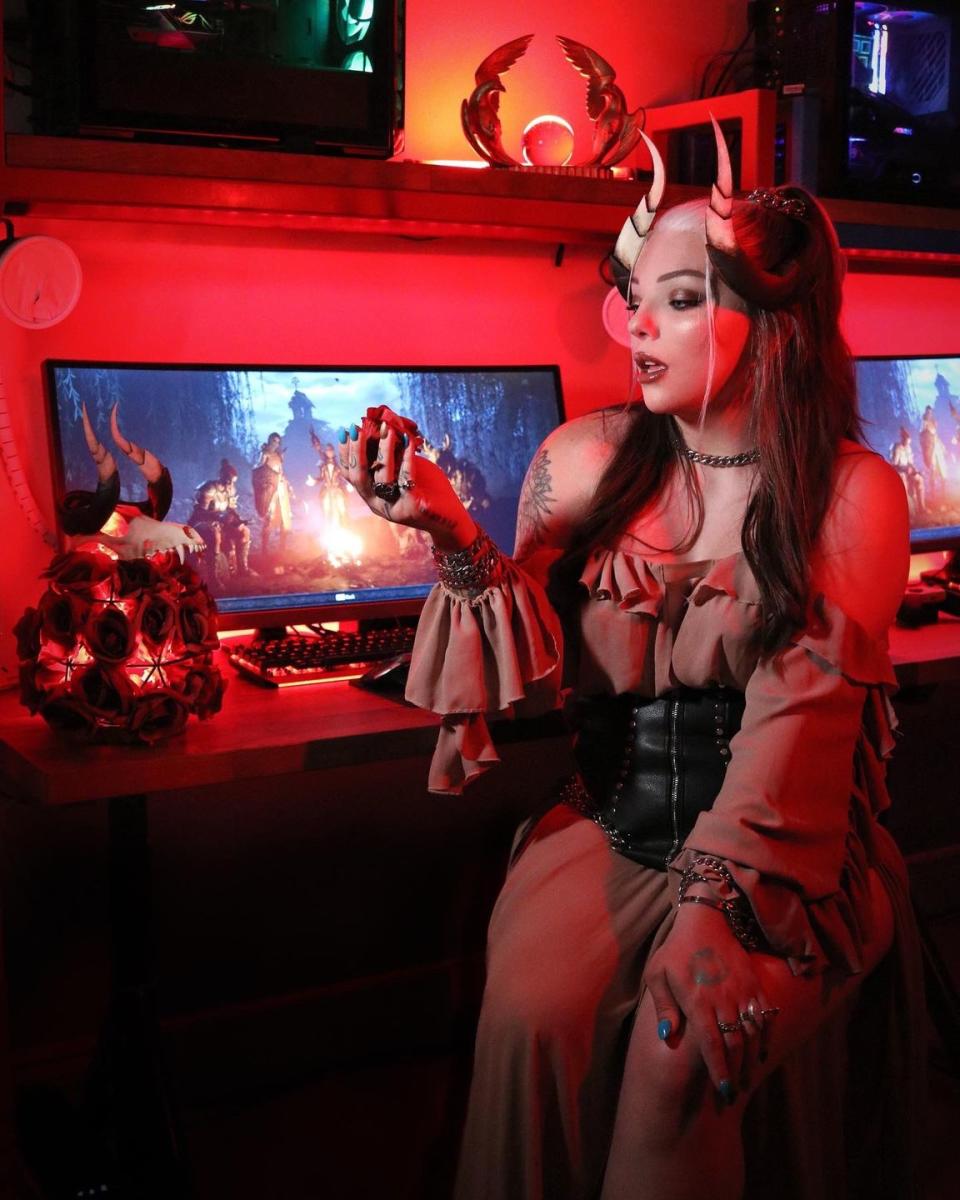
I have a genetic mutation called Waardenburg syndrome, which mostly affects my facial features and hearing. I’m deaf in my left ear. My nose and lips are shaped differently. The bright, blue color of my eyes is also due to Waardenburg, and I have a white patch of hair that grows bigger every year. As a kid growing up in small-town Canada in the late ’90s, it definitely made me feel othered. But it wasn’t the only reason why I struggled to fit in.
Deep down, I always knew I was a girl. As I entered my early teens, it became harder to conceal that truth. I started going by Stef, which is not my birth name, and wearing women’s clothing. I had always related to women more, and used to tell people that I was a girl. Back then, I didn’t have the language to identify as transgender. So at 13 years old, I told my family I was gay.
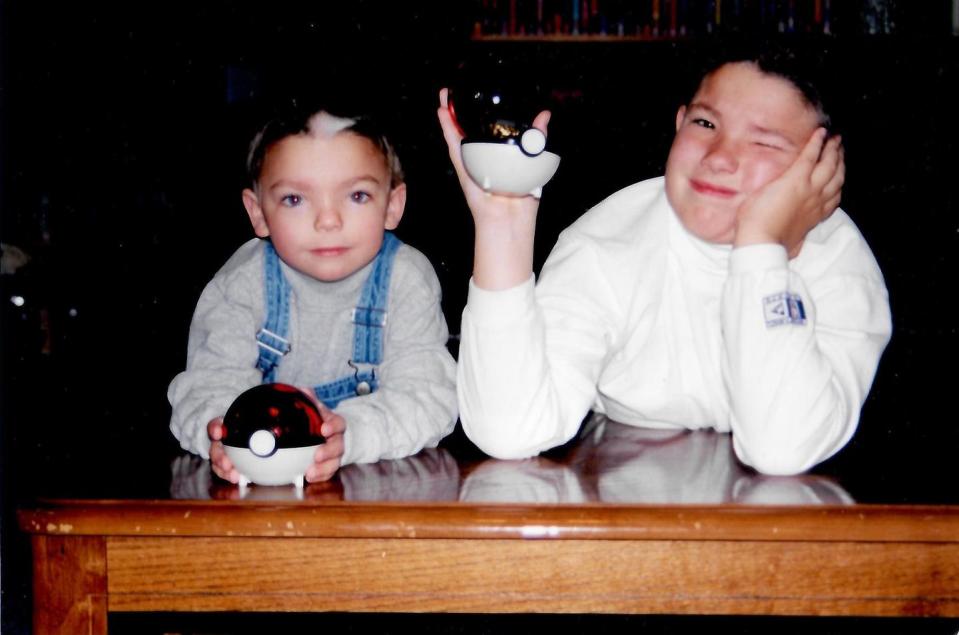
My parents were accepting. But from the get-go, I felt ostracized at school. What started off as name-calling quickly escalated to extreme violence and prejudice. Someone egged our house and threw trash on the lawn. It escalated to the point where the tires on my mother’s car were slashed and anti-gay slurs were spray-painted on the side doors.
I felt categorically unsafe because of my queerness. I stopped going outside. Parties were out of the question. Friends were few and far between. I stayed in my room, because that was where I felt safest. I stopped experiencing the world the way a kid deserves to. Instead, gaming became how I experienced the world.

Video games, particularly online games, allowed me to interact with others and learn social skills to the best of my ability. Of course, it’s not the same as real peer interactions at school, but I didn’t have the privileges of those experiences. Gaming became a very natural way to interact with myself—an opportunity to explore identity, choice, and freedom. I gravitated toward role-playing games and fighting games, where you can choose a character or inhabit some form other than yourself.
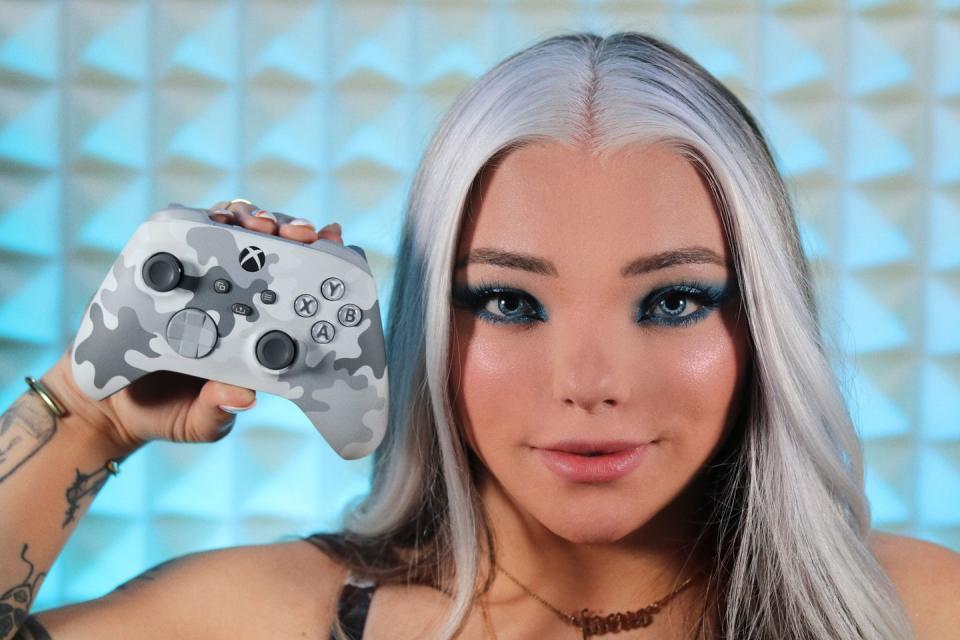
When I began playing World of Warcraft in 2004, I joined an in-game community called Kith. I had a blast fighting demons and being a certified badass with them. It was a really wonderful group of people that played together. We supported each other and learned a lot about people and the world. For the first time in my life, it felt like I belonged to something.
I like to say that World of Warcraft saved my life, because it got me through a really dark time. It was one of the first games where I could create a character and inhabit that character for quite a long time. I almost always chose a female character, because I felt like I could see myself more. I was able to experiment with my gender and sense of self in the game.
I made my longest running character in World of Warcraft when I was 11. That character was originally male, but after many years coming into my transness and womanhood, I changed the gender of that character to female. It’s still my primary character to this day. Since 2006, I have put almost 4,000 hours into this character. She basically transitioned with me.
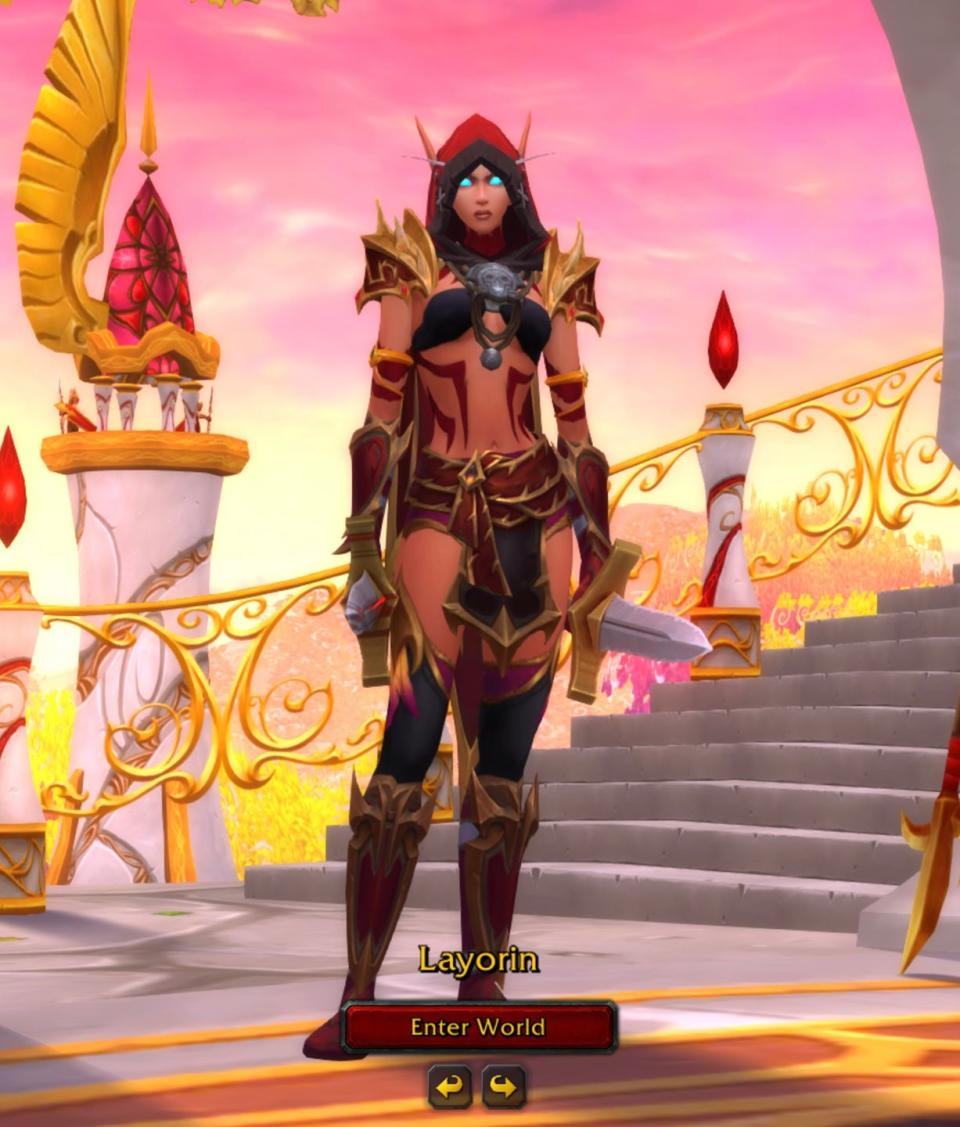
Two days after graduating high school, I moved to Toronto at the age of 17. Two years later, I came out as transgender. At the time, I was working at a cosmetics counter at a pharmacy and making beauty videos on YouTube. One of my clients was a trans woman. The more I got to know her, the more I realized that I shared her experience of self.

I figured out exactly what language fit me, and that’s when I came out. I called my family first and had a private conversation. I wasn’t sure what to expect, because there weren’t a lot of examples of trans people being accepted by their families at that time. Thankfully, it went well. I also wanted to give back to the trans community online, so I began documenting my own transition on YouTube, starting with a coming out video.
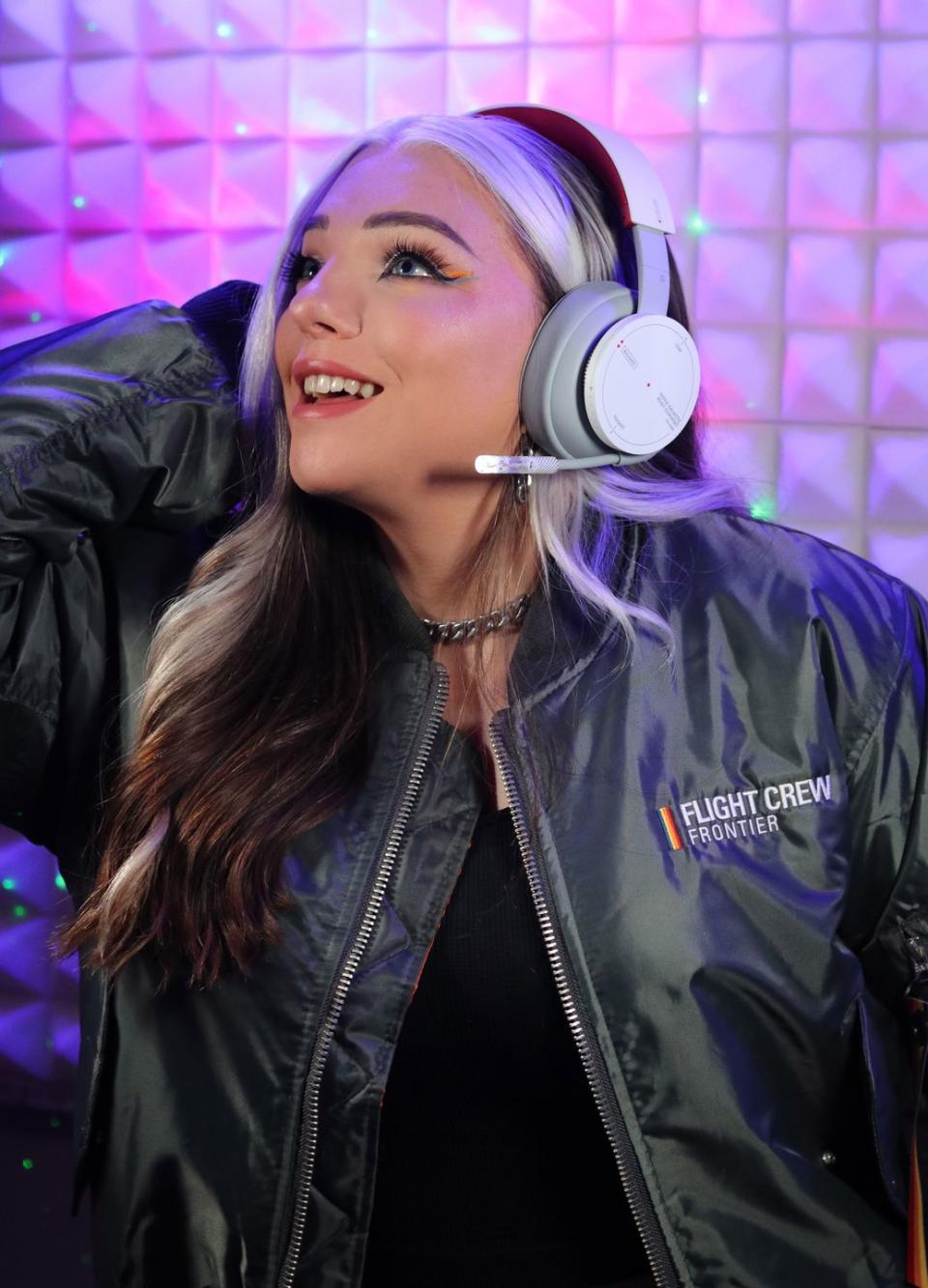
In 2016, I had facial feminization surgery. I wanted to maintain my Waardenburg syndrome features and still look like myself. My doctor was really receptive to that and honored my wishes. My white tuft of hair is growing by the day. This was gender-affirming care, which, it should be noted, is not an exclusively trans experience.
There are so many ways that people of all backgrounds and gender identities, including cisgender people, feel incongruent with their gender. It’s important for everyone to have strong self-assurance. That’s certainly true for trans people, who encounter constant stigma, oppression, and denial of who they are and what their lived experiences are.
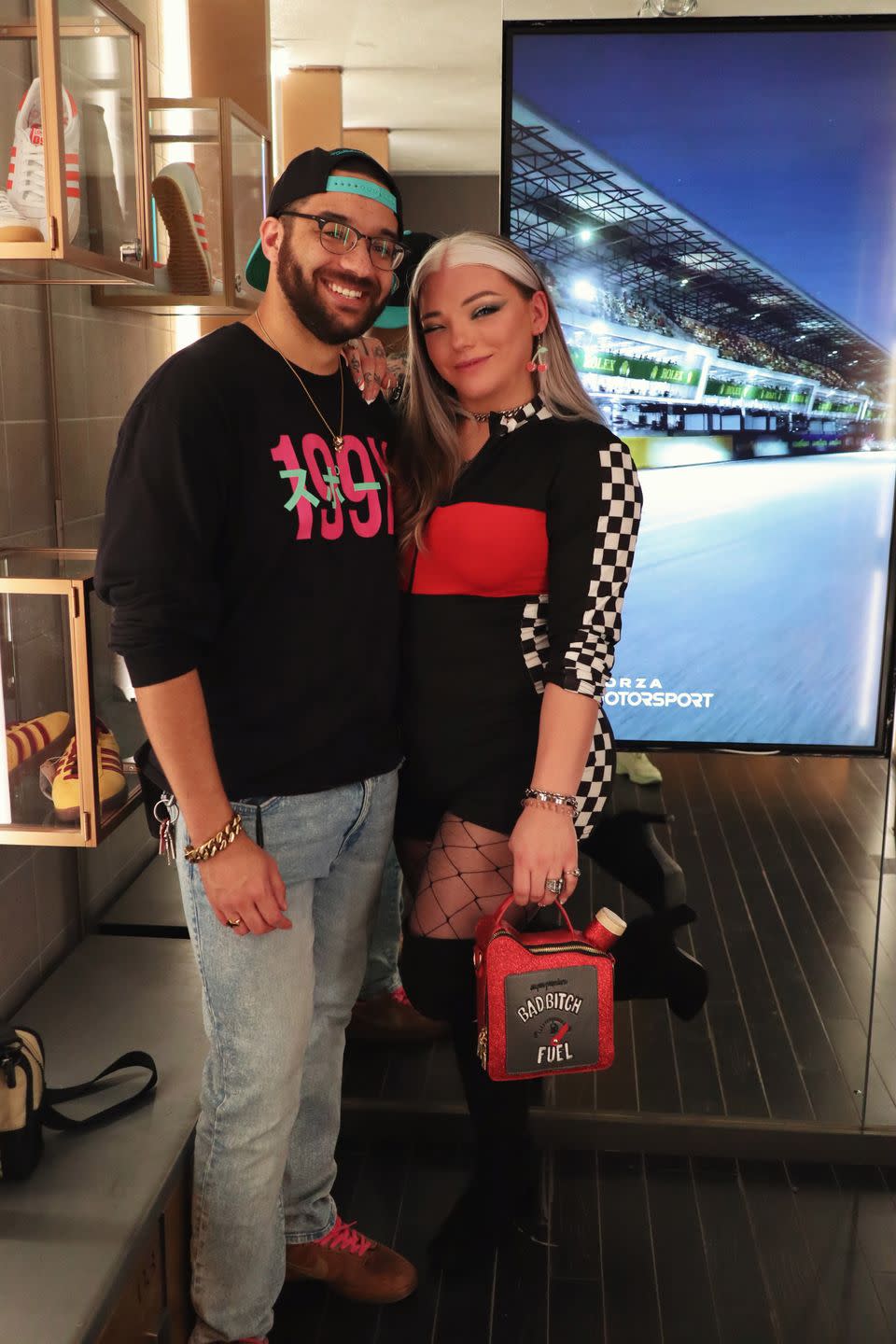
I’ve been with my partner for about four years now, and throughout our relationship, I have casually shared things from my past that I didn’t think much of—like the bullying and the isolating experiences I went through. He helped me see just how unfair it all was and how it affects the way I speak, think, and treat myself. It might surprise some people to know just how lingering transphobia against children is, and how much work is required to repair those hurt parts. I check in with myself every day and remind myself that I deserve to be treated with kindness, understanding, and compassion.
I recently decided to move back to my hometown in Canada. That was a huge choice, because when I left I swore I would never, ever, ever come back. But a lot of healing has happened since then. A lot of change. And a lot of video games. The gaming community is like my extended family, full of wonderful trans people and our allies. We’re here, and we’re in this together, with headsets on and controllers in hand.
This interview has been edited and condensed for clarity.
If you are in crisis, you can reach out to The Trevor Project at 866-4-U-TREVOR (866-488-7386), The National Suicide Prevention Lifeline at 800-273-TALK (8255), or Trans Lifeline at 877-565-8860.

This story is part of ELLE’s Affirmed series helmed by guest editor Tommy Dorfman that explores gender-affirming care in all its many forms. All stories were done with support from GLAAD, and all illustrations were done by Anshika Khullar, an Indian, nonbinary transgender artist.
You Might Also Like

